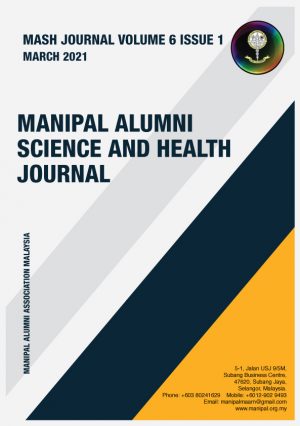Abstract:
Pain assessment and management has been widely practiced in emergency departments all over the world. As proper pain management is directly related to improvement in patient satisfaction, health care officers have to be effective in dealing with pain related chief complaints daily. A common chief complaint of patients presenting to the emergency departments all over the world including Malaysia is headache. The aim of this study is to determine the missed pain assessment and management of headache at the Emergency Department (ED) in Hospital Universiti Sains Malaysia and the factors that were influencing them. The factors associated with missed pain assessment and treatment among patients with headache presenting to the emergency department were investigated. A cross sectional retrospective observational study was performed from December 2017 to May 2018 among all patients presenting with headache to the emergency department of Hospital University Sains Malaysia (HUSM). A total of 94 patients were enrolled in this study and 77 patients met the inclusion criteria. There was a statistically significant association (p-value<0.05) between pain reassessment and triage zone (x2 =6.858) and patient’s arrival time (x2 =5.773). A significant association (p-value<0.05) between missed pain treatment and triage zone, and patient’s arrival time was noted. The chi square value (x2) for triage zone and patient arrival were 7.428 and 4.807 respectively. Whereas, there was no significant association between pain treatment and attending physician. Triage zone and arrival time of patients are the factors influencing missed assessment and management of pain among patients with headache presenting to ED. A proper action plan and more intervention studies are warranted in order to overcome the above mentioned issues and optimize pain management for headache.

